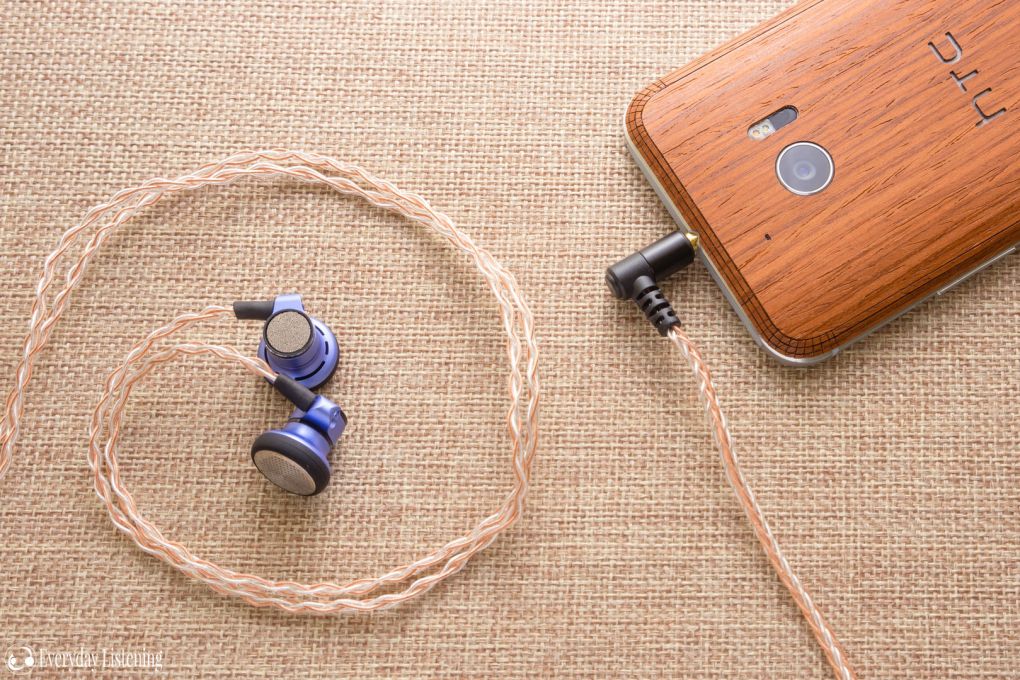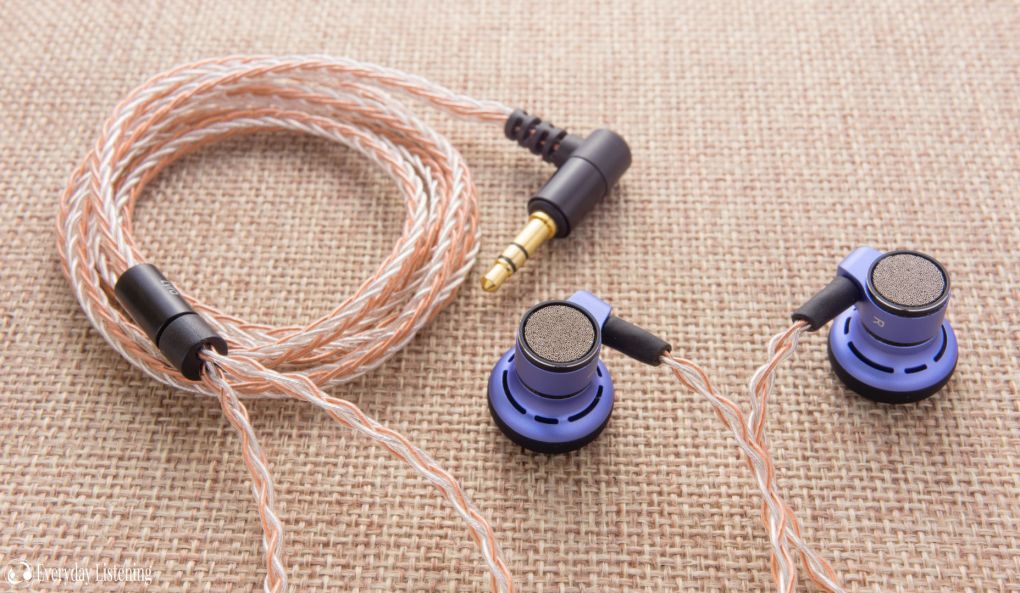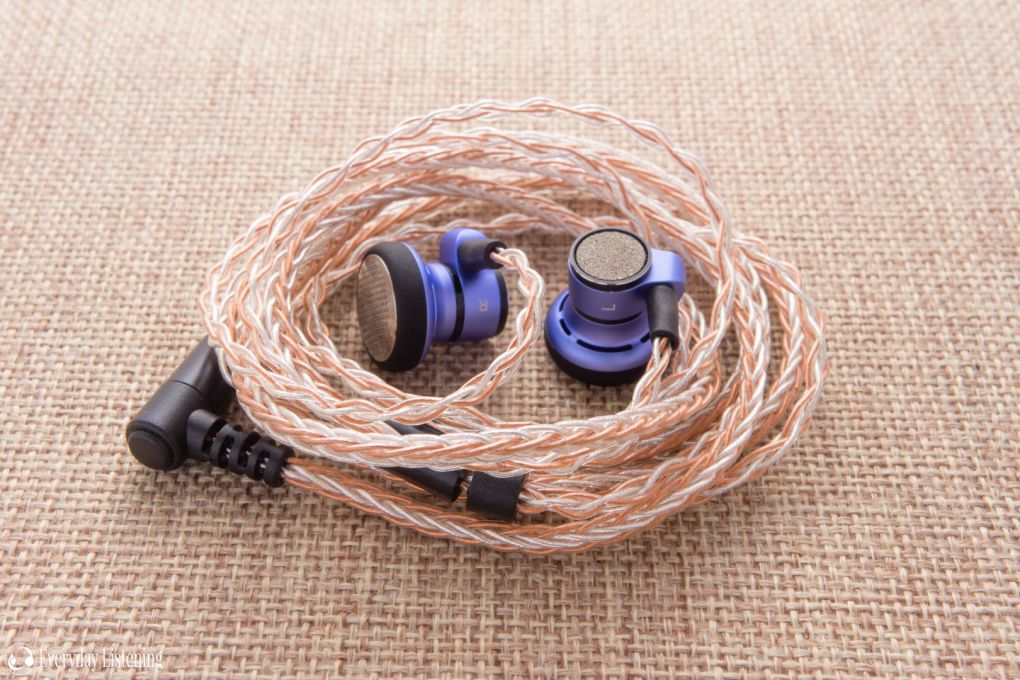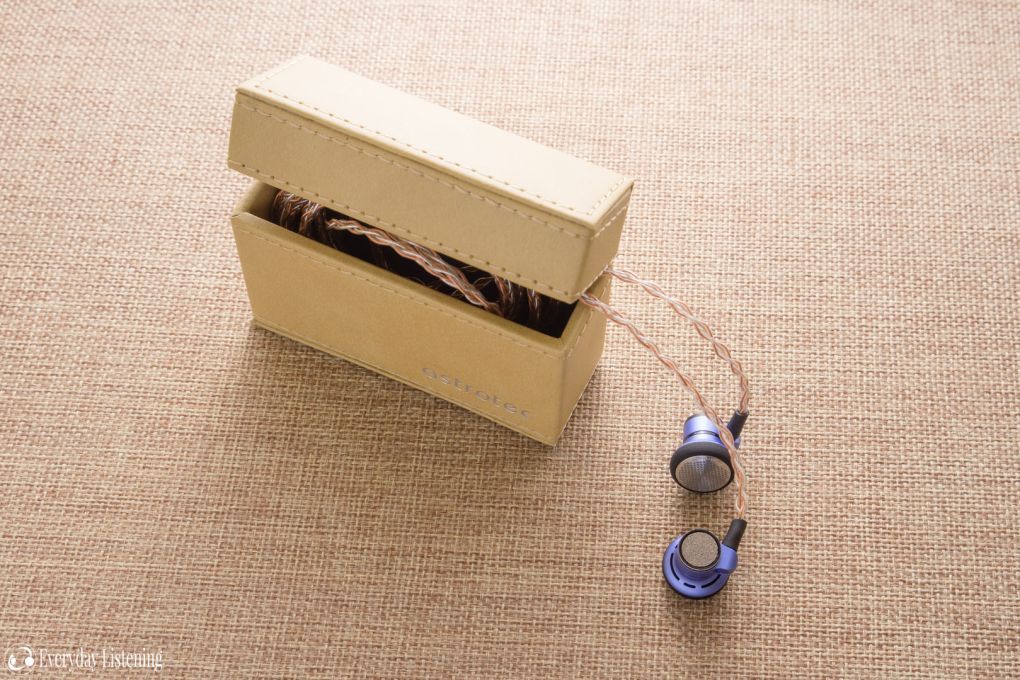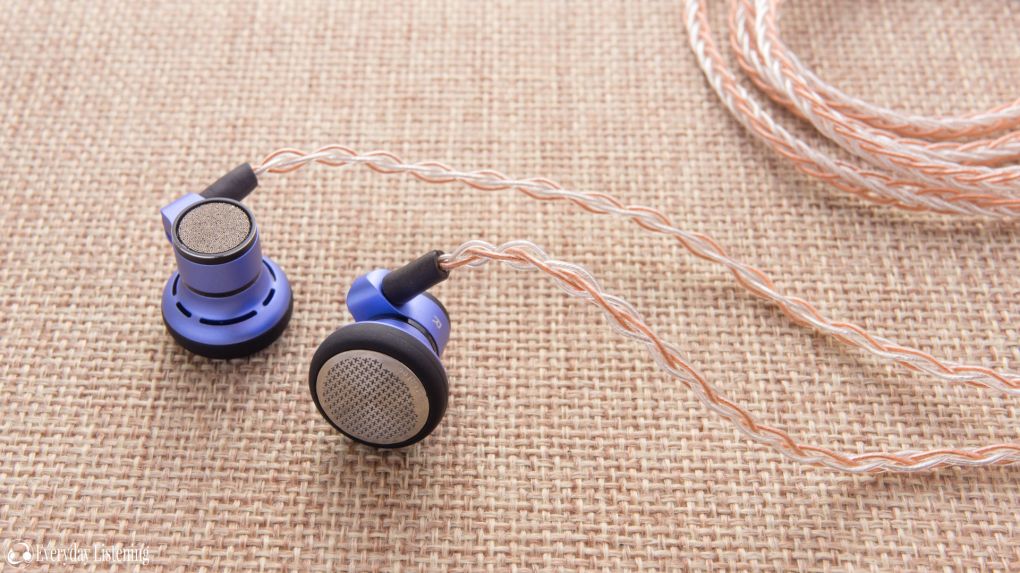Disclaimer
I have purchased and paid the full retail price for the Astrotec Lyra Collection, this is not a sponsored review. This is the 32ohm version of the Lyra Collection (299$), a pricier 150ohm version exist (399$).
Packaging
Astrotec has clearly been very serious about the premium positioning of the Lyra Collection, the packaging is up to par with the best there from the printed cardboard to the box material itself, you don’t feel like you’ve purchased a cheap product (granted, 300$ is quite a price for earbuds ).
).
The accessories are not plenty but well chosen with ear hooks and two size of Bose style fins. The only less agreeable item is the donut foams that I found to itch a bit. I also wished a full foam was provided, to play with more or less bright presentation. But I am knitpicking here, I was very impressed.

Introduction
I must admit I hadn’t heard about Astrotec and found the Lyra Collection browsing the Penon audio website by pure luck and was curious to test out what the best earbuds could provide in terms of sound. I am not a huge fan of earbuds, but the Lyra looked sexy with good reviews and I kind of liked the idea of zero pressure alternative to in ears and the benefits of open back design. I wasn’t convinced by the iSine / LCD i4 ergonomics and I wondered how this would work out so I went and got a pair.

Fit
I am blessed with pretty large ears, I had no issue fitting the Lyra without using any form of earhooks or fin, just the donut foams. It feels a bit strange at first, being used to custom in ears but you quickly get used to it and even enjoy at the office when you have to put them out and in quite often. I like that Astrotec has chosen to go for over ear wire, this makes for a secure and comfortable fit. The cable quality certainly help as well, I didn’t need the earhooks.
Build
Contrary to the usual earbud approach, Astrotec went for a nicely machined blue aluminium casing. The Lyra feels premium to the hand and I feel quite confortable it will take the beatings of nomad life without flinching.

Sound
Unlike the few earbuds I have auditioned, the Lyra has a balanced signature, it has no bias towards bass quite the contrary the focus is on smooth and linear mids, while resolution and air is provided by well extended treble and a smooth delivery. It’s a very open sounding earphone with very good soundstage, featuring a realistic and precise image.
Bass
With a 15mm dynamic driver despite the open design one might expect a fair amount of bass but Astrotec has visibly chosen a very different path favoring speed (the bass is quite agile, fast and clean) and articulation over weight and slam. They probably went a bit too far in the approach as it doesn’t help the Lyra to convey sufficient sense of rythm especially if like me you tend to listen at very moderate volume levels. This improves nicely by pushing the volume a few notches up so your mileage may vary. It’s also less apparent on bass heavy genres that usually saturate the bass section, which suddenly have a clean bass section where a lot of detail pops up.
Mids
The Lyra’s mids are in my opinion the main course and the bread and butter of this earphone, as well as a very good surprise considering the typical lower mids tilt of earbuds in general. The midrange is fairly linear with just the right amount of lower mids to provide body and weight (a blessing given its bass light nature) and enough upper mids to provide a very articulate presentation. Vocals deserve a special mention, I really appreciated both male and female vocals and the slightly forward placement of vocals and the great separation highlight nuances of the interpretation and what I found to be accurate tone.
Again, the driver has snappy attack and fast decay making up for a very clean presentation while avoiding being dry either so a nice balance has been struck there. To sum up, I found the mids very natural and timbre fairly accurate, although I think a tad more warmth wouldn’t hurt especially with bright to neutral sources.

Treble
I really like what Astrotec has done on the treble front and I think it has both to do with the tuning and how fast the driver is. The snappy attack and fast decay which is true across the range benefits the upper treble refinement. Lower treble is absolutely safe and no hint of peaks whatsoever this is a smooth delivery. Some might find it lacks enough sparkle, Astrotec sure played it safe with lower treble there and focused on the upper treble providing air.
Verdict
The Lyra Collection is probably a niche product at its price point, given its earbud form factor although earbuds appear to make a comeback if I am trusting how many of those I see popping up in audiophile meetups. The benefits of open design, lack of pressure and very open soundstage, as well as the easy to put on and off (useful at the office) is probably the main factor for those going for earbuds.
I can only praise Astrotec for the Lyra Collection build quality which is just top notch, this includes a surprisingly well built 4 wire cable with no microphonics, smart over ears fit, and a really audiophile tuning with strong technical foundations while remaining smooth. Astrotec clearly stayed off the usual warm, bassy with boosted lower mids on top tuning of most earbuds. I think the major let down of the Lyra Collection is that it went too far avoiding the bassy tuning. While the bass is fast, detailed and textured it lacks the minimal slam to provide a sense of rhythm and engagement. It’s really too bad as this would have made the Lyra Collection a perfect earbud in my book, its non fatiguing nature and open soundstage makes it a very enjoyable listen nonetheless.
I have purchased and paid the full retail price for the Astrotec Lyra Collection, this is not a sponsored review. This is the 32ohm version of the Lyra Collection (299$), a pricier 150ohm version exist (399$).
Packaging
Astrotec has clearly been very serious about the premium positioning of the Lyra Collection, the packaging is up to par with the best there from the printed cardboard to the box material itself, you don’t feel like you’ve purchased a cheap product (granted, 300$ is quite a price for earbuds
The accessories are not plenty but well chosen with ear hooks and two size of Bose style fins. The only less agreeable item is the donut foams that I found to itch a bit. I also wished a full foam was provided, to play with more or less bright presentation. But I am knitpicking here, I was very impressed.

Introduction
I must admit I hadn’t heard about Astrotec and found the Lyra Collection browsing the Penon audio website by pure luck and was curious to test out what the best earbuds could provide in terms of sound. I am not a huge fan of earbuds, but the Lyra looked sexy with good reviews and I kind of liked the idea of zero pressure alternative to in ears and the benefits of open back design. I wasn’t convinced by the iSine / LCD i4 ergonomics and I wondered how this would work out so I went and got a pair.

Fit
I am blessed with pretty large ears, I had no issue fitting the Lyra without using any form of earhooks or fin, just the donut foams. It feels a bit strange at first, being used to custom in ears but you quickly get used to it and even enjoy at the office when you have to put them out and in quite often. I like that Astrotec has chosen to go for over ear wire, this makes for a secure and comfortable fit. The cable quality certainly help as well, I didn’t need the earhooks.
Build
Contrary to the usual earbud approach, Astrotec went for a nicely machined blue aluminium casing. The Lyra feels premium to the hand and I feel quite confortable it will take the beatings of nomad life without flinching.

Sound
Unlike the few earbuds I have auditioned, the Lyra has a balanced signature, it has no bias towards bass quite the contrary the focus is on smooth and linear mids, while resolution and air is provided by well extended treble and a smooth delivery. It’s a very open sounding earphone with very good soundstage, featuring a realistic and precise image.
Bass
With a 15mm dynamic driver despite the open design one might expect a fair amount of bass but Astrotec has visibly chosen a very different path favoring speed (the bass is quite agile, fast and clean) and articulation over weight and slam. They probably went a bit too far in the approach as it doesn’t help the Lyra to convey sufficient sense of rythm especially if like me you tend to listen at very moderate volume levels. This improves nicely by pushing the volume a few notches up so your mileage may vary. It’s also less apparent on bass heavy genres that usually saturate the bass section, which suddenly have a clean bass section where a lot of detail pops up.
Mids
The Lyra’s mids are in my opinion the main course and the bread and butter of this earphone, as well as a very good surprise considering the typical lower mids tilt of earbuds in general. The midrange is fairly linear with just the right amount of lower mids to provide body and weight (a blessing given its bass light nature) and enough upper mids to provide a very articulate presentation. Vocals deserve a special mention, I really appreciated both male and female vocals and the slightly forward placement of vocals and the great separation highlight nuances of the interpretation and what I found to be accurate tone.
Again, the driver has snappy attack and fast decay making up for a very clean presentation while avoiding being dry either so a nice balance has been struck there. To sum up, I found the mids very natural and timbre fairly accurate, although I think a tad more warmth wouldn’t hurt especially with bright to neutral sources.

Treble
I really like what Astrotec has done on the treble front and I think it has both to do with the tuning and how fast the driver is. The snappy attack and fast decay which is true across the range benefits the upper treble refinement. Lower treble is absolutely safe and no hint of peaks whatsoever this is a smooth delivery. Some might find it lacks enough sparkle, Astrotec sure played it safe with lower treble there and focused on the upper treble providing air.
Verdict
The Lyra Collection is probably a niche product at its price point, given its earbud form factor although earbuds appear to make a comeback if I am trusting how many of those I see popping up in audiophile meetups. The benefits of open design, lack of pressure and very open soundstage, as well as the easy to put on and off (useful at the office) is probably the main factor for those going for earbuds.
I can only praise Astrotec for the Lyra Collection build quality which is just top notch, this includes a surprisingly well built 4 wire cable with no microphonics, smart over ears fit, and a really audiophile tuning with strong technical foundations while remaining smooth. Astrotec clearly stayed off the usual warm, bassy with boosted lower mids on top tuning of most earbuds. I think the major let down of the Lyra Collection is that it went too far avoiding the bassy tuning. While the bass is fast, detailed and textured it lacks the minimal slam to provide a sense of rhythm and engagement. It’s really too bad as this would have made the Lyra Collection a perfect earbud in my book, its non fatiguing nature and open soundstage makes it a very enjoyable listen nonetheless.









































